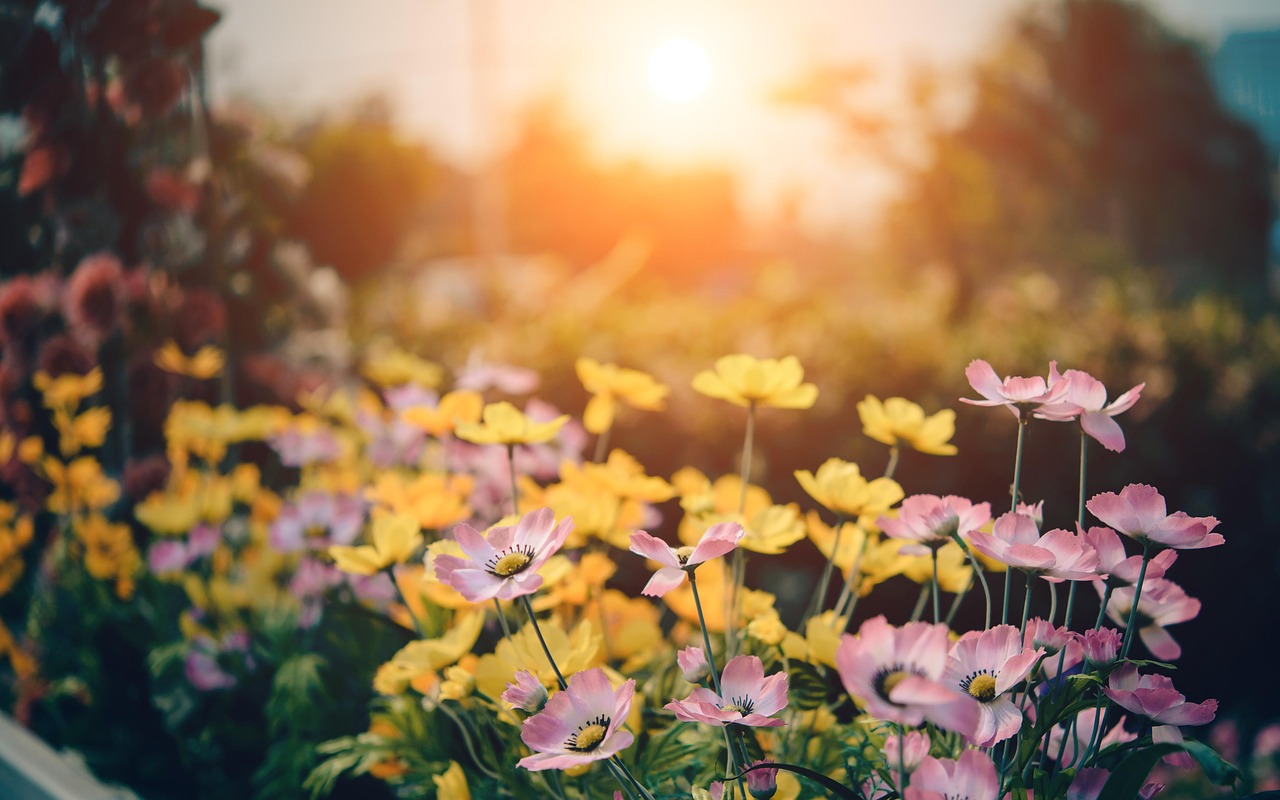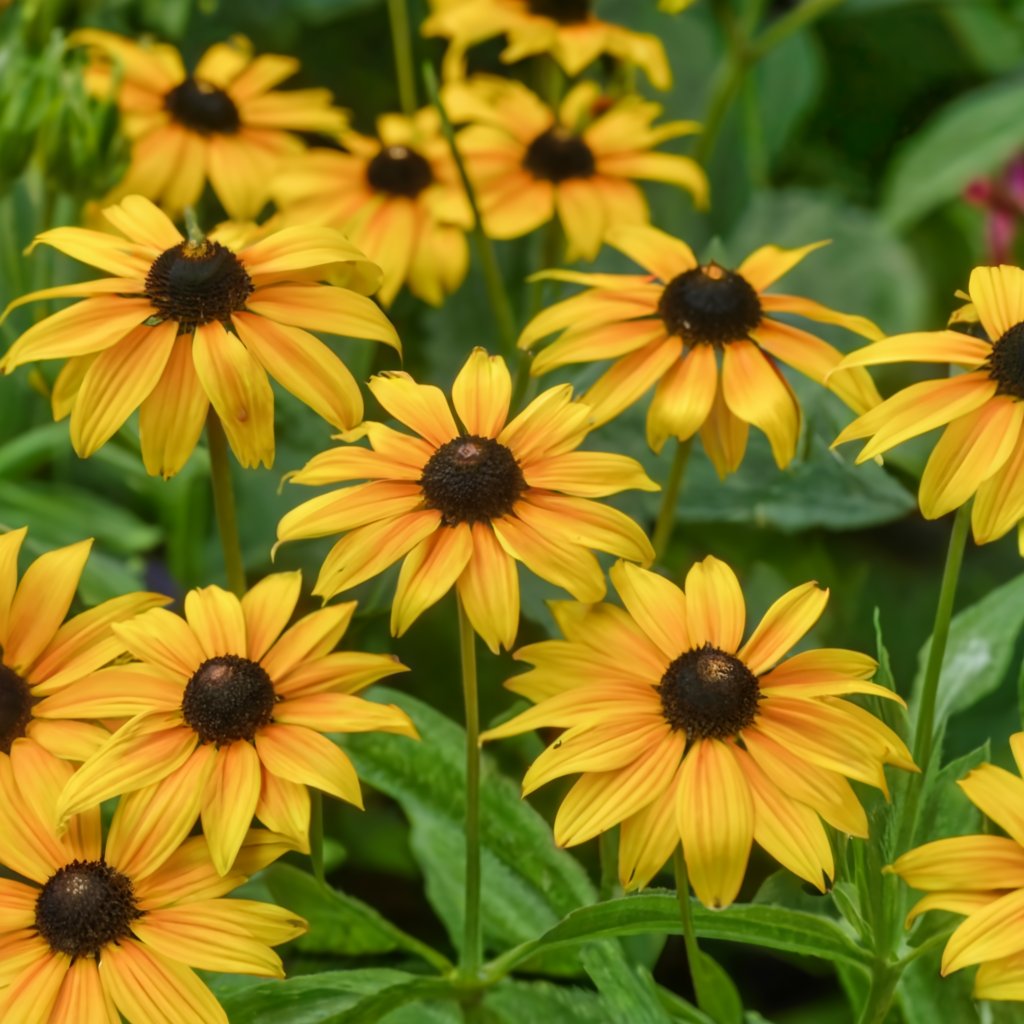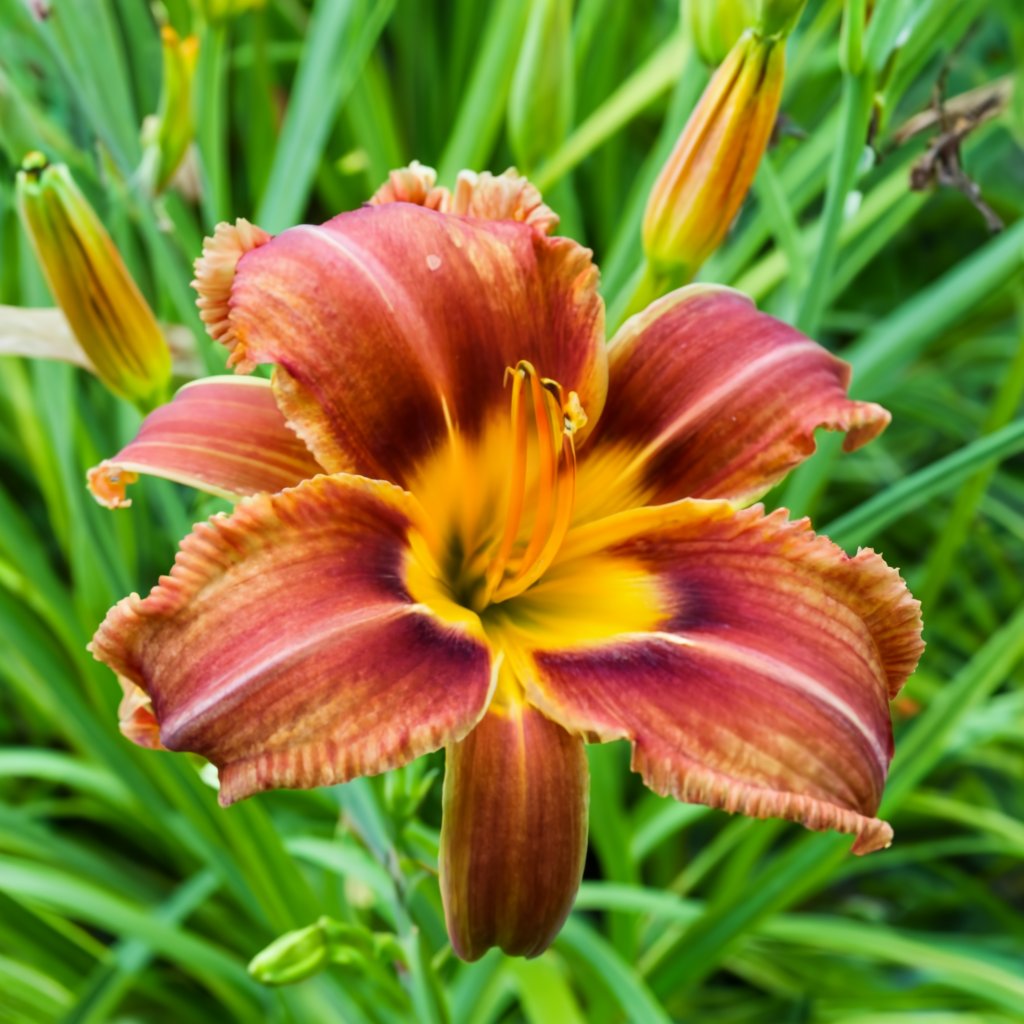
This post may have affiliate links. This means that sometimes when you click a link on our site and make a purchase on Amazon, we may earn a small commission at no additional cost to you. We only recommend products we truly believe in, and your support helps keep us running!
Creating a stunning landscape is an art that requires careful planning and execution. One of the most important aspects of landscaping is choosing the right plants for your climate zone. Zone 8 is a unique climate zone that requires specific flower planting schedules to achieve a breathtaking landscape. In this article, we will unlock the secrets of the Zone 8 flower planting schedule to help you create a stunning landscape that will be the envy of your neighborhood.
Choosing the Right Flowers for Zone 8
When selecting flowers for Zone 8, it’s important to consider their heat tolerance, cold hardiness, and overall adaptability to the region’s climate. Here are some stunning flower varieties that thrive in Zone 8:
Sunflowers

- These cheerful flowers are known for their bright yellow petals and towering height.
- Plant sunflowers in late spring when the soil temperature has warmed up.
- They require full sun and well-drained soil to flourish.
Zinnias

- Zinnias come in a variety of vibrant colors and are excellent for attracting pollinators to your garden.
- Plant zinnias in early spring after the last frost has passed.
- They prefer full sun and fertile, well-drained soil.
Black-eyed Susans

Add a touch of rustic charm with Little Goldstar black-eyed Susans!
- These daisy-like flowers with golden-yellow petals and dark centers add a touch of warmth to any garden.
- Plant black-eyed Susans in early spring or late fall.
- They thrive in full sun or partial shade and prefer well-drained soil.
Daylilies

- Daylilies are easy to grow – perfect for busy gardeners!
- Vast array of colors for a stunning summer display.
- Blooms all summer long, from early summer to fall.
- Low-maintenance beauty – enjoy a vibrant garden without the hassle.
Coneflowers
Coneflowers are a hardy perennial that can withstand the hot summers of Zone 8. They come in a variety of colors and attract butterflies and bees to your garden.
Zone 8 Flower Planting Schedule
| Season | Month | Action | Flowers (examples) | Notes |
|---|---|---|---|---|
| Spring | Early (March) | Sow seeds outdoors | Pansies, violas, snapdragons | Choose hardy varieties |
| Early | Start seeds indoors | Marigolds, petunias, cosmos | Warm-season annuals | |
| Mid (April) | Transplant seedlings outdoors | Marigolds, petunias, cosmos | After last frost | |
| Mid | Plant perennials | Daylilies, coneflowers, salvias | Well-established perennials may bloom first year | |
| Late (May) | Plant transplants | Zinnias, sunflowers, celosias | Heat-loving annuals | |
| Late | Sow seeds outdoors | Black-eyed Susans, coreopsis | Summer-blooming perennials | |
| Summer | Early (June) | Deadhead spent flowers | Various | Encourages continuous blooming |
| Early | Water regularly and mulch | Various | Especially important during hot, dry periods | |
| Mid (July) | Plant transplants | Lantanas, salvias, portulacas | Heat-tolerant varieties | |
| Mid | Provide extra shade and water | Various | During heatwaves | |
| Late (August) | Sow seeds outdoors | Pansies, violas | Cool-season annuals for fall | |
| Late | Divide and transplant perennials | Various | Rejuvenates the garden | |
| Fall | Early (September) | Plant transplants | Chrysanthemums, asters, ornamental kales | Cool-season annuals |
| Early | Prepare soil | Tulips, daffodils | Spring-flowering bulbs | |
| Mid (October) | Transplant container-grown plants | Perennials, shrubs | Well-established plants may bloom first year | |
| Mid | Divide and replant perennials | Various | Improves growth next season | |
| Late (November) | Plant bulbs | Tulips, daffodils | Spring-flowering bulbs (before ground freezes) | |
| Late | Apply mulch | Various | Protects plants from frost |
Key:
- Sow seeds outdoors: Direct seeding flowers in your garden bed.
- Plant transplants: Planting seedlings that have been started indoors or purchased from a nursery.
- Deadhead: Removing spent flowers to encourage continued blooming.
Additional Notes:
- This table is a general guide and there may be variations depending on specific flower varieties.
- Consider factors like sunlight requirements and water needs when choosing flowers for your garden.
- Refer to seed packet information for specific planting depths and spacing recommendations.
Zone 8 Month-Month Planting Schedule
Spring is a time of renewal, and the perfect opportunity to start planting your Zone 8 garden. Here is a suggested planting schedule for spring:
Spring Planting Schedule
- Early Spring (March):
- Plant hardy annuals like pansies, violas, and snapdragons.
- Start seeds indoors for warm-season annuals such as marigolds, petunias, and cosmos.
- Mid-Spring (April):
- Transplant seedlings of warm-season annuals into the garden.
- Plant perennials like daylilies, coneflowers, and salvias.
- Late Spring (May):
- Plant heat-loving annuals such as zinnias, sunflowers, and celosias.
- Sow seeds for summer-blooming perennials like black-eyed Susans and coreopsis.
Summer in Zone 8 can be hot and dry, so it’s important to choose flowers that can tolerate the heat. Here’s a planting schedule for summer:
Summer Planting Schedule
- Early Summer (June):
- Deadhead spent blooms to encourage continuous flowering.
- Water regularly and mulch to conserve moisture.
- Mid-Summer (July):
- Plant heat-tolerant flowers like lantanas, salvias, and portulacas.
- Provide extra shade and water during extreme heatwaves.
- Late Summer (August):
- Start planning for fall planting by sowing seeds for cool-season annuals like pansies and violas.
- Begin dividing and transplanting perennials to rejuvenate the garden.
Fall Planting Schedule
Fall is a magical time in Zone 8, as the weather cools down, and the garden comes alive with vibrant colors. Follow this planting schedule for a captivating fall display:
- Early Fall (September):
- Plant cool-season annuals like chrysanthemums, asters, and ornamental kales.
- Prepare the soil for spring-flowering bulbs like tulips and daffodils.
- Mid-Fall (October):
- Transplant container-grown perennials and shrubs.
- Divide and replant overgrown perennials for better growth next season.
- Late Fall (November):
- Finish planting spring-flowering bulbs before the ground freezes.
- Apply a layer of mulch to protect plants from frost.
Creating a stunning landscape in Zone 8 requires careful planning and execution. By choosing the right flowers and following the Zone 8 flower planting schedule, you can create a breathtaking landscape that will be the envy of your neighborhood.
